Multispectral techniques for object spectral reflectances estimation and illuminant spectral power distribution estimation from images obtained with CCD cameras
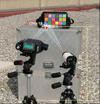
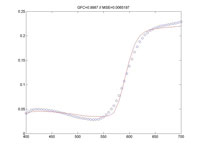
Current research
Multispectral techniques for object spectral reflectances estimation and illuminant spectral power distribution estimation from images obtained with CCD cameras |
 |
 |
Design and optimization of optimal sensors in multispectral systems for recovering, recognizing and identificating both natural and artificial illuminants. |
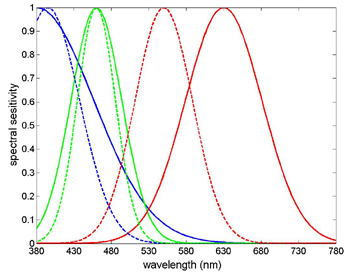 |
| Object identification algorithms invariant to illuminant changes. |  |
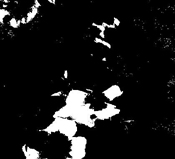 |
| Applications of multispectral imaging systems: development of robust and efficient algorithms to be employed for the solution of real problems |  |
| Computational optical color correlation for object detection and recognition. |
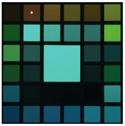 |
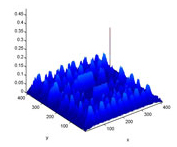 |
| Spatio-chromatic structure analysis of natural images using independent component analysis (ICA). |
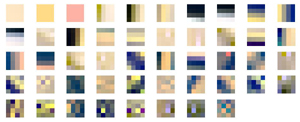 |
| Color vision response mechanisms study in spatial detection tasks. |
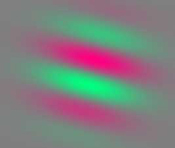 |
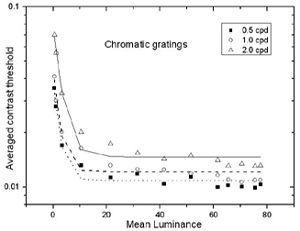 |
| Human visual system behavior in the chromatic frequency domain |
 |
| Algorithms and computational models in color vision (color constancy, color and spatial information processing by the human visual system) |
| Basic and applied colorimetry |
| Characterization
of elements in urban images :
The project's objective is to generate a database of urban images, calibrated and labelled based on their content. The capture of images is carried out with hyperspectral image capturing device of the company "Photon". After characterization of the multispectral capture process, image analysis are performed to identify bands that allow classification of different types of objects from urban scenes. |
Masters Thesis 2012
| Segmentation of Natural Scenes: Clustering in Color Space VS Spectral Estimation and Clustering of Spectral Data
Image segmentation is one of the most important and challenging tasks in image analysis and computer vision. In this work, two methods are implemented, evaluated and compared in order to determine the best approach among the two for segmentation of natural scenes: one is finding the best color space for color-based segmentation, and the other is estimating the spectral reflectances from sensor responses and segmenting the multispectral image. A series of experiments which involve color spaces computation, spectral estimation, cluster analysis and cluster validation will be conducted, and a conclusion of whether it is necessary to implement spectral estimation for color natural images segmentation will be drawn from the experiment results.
Student: Jia Song
Supervisor: Eva M Valero, Juan L. Nieves
|
| Color
calibration and spectral reflectance estimation from Transverse Field Detectors'
sensors' responses
Multispectral imaging deals with retrieving spectral information for each pixel of an image, and it has been a rather active research field in the last 10-15 years. Color calibration is the problem of mapping from device-dependent values (sensors? responses) to device-independent values (Standard color spaces) to be able make different color devices to communicate in the same language. For both cases, the range of possible applications is quite wide and covers, among others, medical imaging, food industry, remote sensing, and military purposes. New applications are also emerging at a fast pace.
A typical multispectral device captures the image with a reduced number of sensors, and then uses an algorithm to estimate the spectral information from the camera responses. Ultra and hyperspectral systems do not need to estimate the spectra, but they are usually more expensive and rather complex than multispectral devices. Many efforts have been dedicated to try to achieve full spatial and spectral resolution with one single sensor offering a fast response and high accuracy. The Transverse Field Detectors are one of the most recently developed devices with potential applications in multispectral imaging. These devices are based on filterless color sensitive pixels. The working principle takes advantage of the wavelength-dependent properties of light absorption in Silicon. The different wavelengths penetrate the Silicon substrate reaching different depths. Then, the photocarrier collection can be organized so that each single pixel can provide responses to several channels at the same time (potentially up to 5 channels responding to the incoming light). One additional fundamental advantage of this technology is that it can exploit the tuneability of the electric fields applied. Thereby it offers reconfigurable spectral responsivities simply by applying different biasing voltages to the pixel, without the need of moving mechanical components. This emerging technology is then a very interesting candidate for achieving full resolution multispectral capture. The reconfigurable responsivities of the TFD sensors have quite unique features.
The design of a multispectral capture system including these special kind of sensors must include a wide set of previous computational simulations to study the influence of several factors on the spectral accuracy of the device, like the spectral estimation algorithm used to obtain the color signals or reflectances from the sensors? responses. Several studies offer data on comparative performance of spectral estimation and color calibration algorithms for different multispectral systems, but none of them use reconfigurable or TFD responsivities. The main aim of this study is to investigate which would be the best algorithm for spectral estimation from TFD sensor responses. The algorithms studied are quite recent proposals such as Kernels, Neural Networks and other classical and well-known approaches like Wiener. This work paves the way for the practical development of a fully automatic multispectral device based on sensors with reconfigurable responsivities.
Student: Miguel Martinez
Supervisor: Eva M Valero, Ville Heikkinen, Giacomo Langfelder
|
| Spectral characterization of a CCD RGB line sensor
|
| Design and evaluation of a spectral technique for determining the ozonization degree of oil samples used in the cosmetic industry in collaboration with bioprocessa
|
| Bioinspired model for colour image procession enhancement in collaboration with Technalia, Bilbao
|
Masters Thesis 2011
| Wire detection on
infrared images:
‘Wire-strike’ or collision with static objects such as power lines, wires or communication lines is one of the leading causes of flight accidents. Most of these objects do not have warning lights or other visibility enhancements and they can be difficult to detect visually, especially when seen against complex natural background. In passive infrared imagery, lines are projected onto the background with a resulting loss of information. This makes their separation from other background ‘wire like’ objects such as roads and trees much more difficult. As a result, reliable detection of lines in passive imagery, without false alarms, has proven a daunting technical challenge. The main goal of this research is a development of the algorithm for detection of such thin lines and it is to be tested on a battery of real images from passive sensors (infrared thermal cameras both in MWIR and LWIR). The goal is to achieve real time detection in rural and urban environment. |
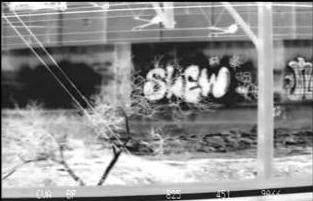 |
| Image processing
techniques applied to the generation of an automatic workflow for
healthy gingivae evaluation:
Gingival health, as part of oral health, is vital for physical and psychological well being of humans. Recent studies reveal that one out of five middle-aged persons suffer from a peridontal disease pattern, of which almost all can be linked to gingival health. Therefore, gingival health state assessment is part of everydays work at dental practice. A drawback in traditional gingival health state assessment is the subjectivity of the observer that is introduced by the commonly applied assignment of scores for gingival health, according to some established indexes as the GI or PMA index. This masters thesis aims in development and evaluation of an automated framework for gingival health state assessment. Part of the work is devoted to the image acquisition process of labial teeth and gingiva images, part of it is related to image segmentation and analysis to evaluate the computational extraction of gingival health state parameters from photographic image data. |
Visiting Research Projects
| Characterization of spectral power distribution of daylight:
Shahram Peyvandi, PhD Candidate of Color Science at the Department of Textile Engineering, Amirkabir University of Technology (Tehran Polytechnic) fron Iran, spent about six months on a sabbatical in Color Imaging Lab at UGR. He had been working on characterization of spectral power distribution of daylight, natural occurrence frequency of the metamer daylight spectra and spectral reconstruction from the sensor response. The problem of spectral-signal recovery from the response of a noisy transformation system was studied to provide a modular model for generating a spectral signal from a given response value. The robustness of the inverse model to perturbations of the response caused by noise was investigated, together with the mean square error, so as to create an efficient model for spectral-signal reconstruction. Within this context, the characterization of the spectral power distribution of outdoor illumination is still being analyzed to fit appropriate Gaussian mixtures to the dataset, aimed at high-performance reconstructing the spectral daylight. |
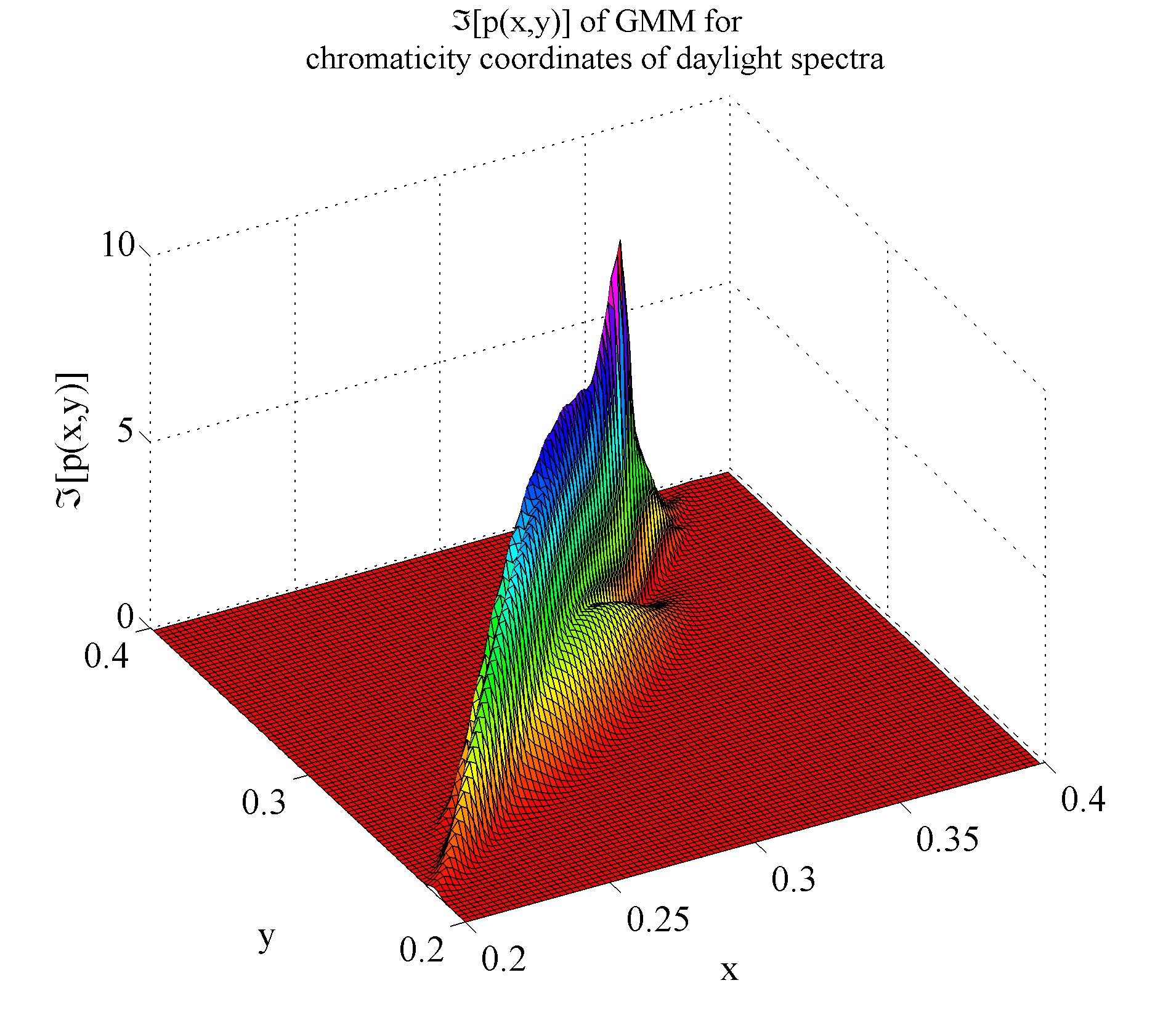 |